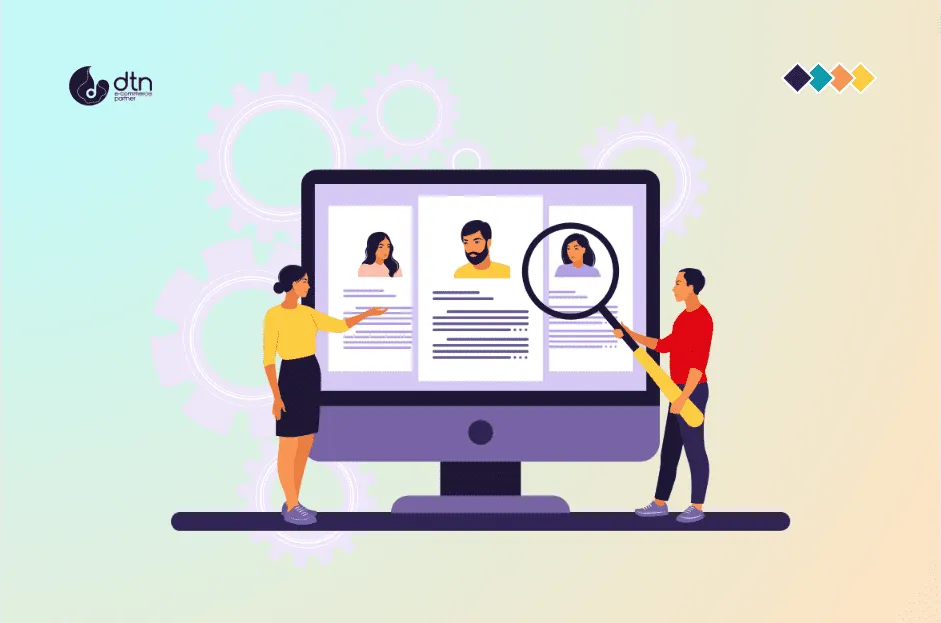In today’s competitive market, businesses are constantly looking for ways to stand out from the crowd and attract new customers. One way to do this is through The Role of Personalization in Subscription, which involves tailoring products and services to the individual needs and preferences of each customer.
Personalization is especially important for subscription services, which are recurring purchases that customers make on a regular basis. By providing personalized experiences, subscription services can increase customer satisfaction, retention, and revenue.
Table of Contents
How Personalization Can Benefit Subscription Services
There are many ways that personalization can benefit subscription services, including:
- Increased customer satisfaction: Customers are more likely to be satisfied with a subscription service that is tailored to their individual needs and preferences. When customers feel like they are getting a personalized experience, they are more likely to stick with the service and recommend it to others.
- Improved customer retention: Personalization can help to improve customer retention by making customers feel more valued and connected to the service. When customers feel like they are getting a personalized experience, they are less likely to cancel their subscription.
- Increased revenue: Personalization can help to increase revenue by encouraging customers to purchase more products and services from the subscription service. When customers feel like they are getting a personalized experience, they are more likely to make additional purchases.

How to Personalize Subscription Services
There are many different ways to personalize subscription services, including:
- Collecting customer datThe first step to personalizing a subscription service is to collect data about your customers. This data can include information such as their demographics, interests, and purchase history.
- Segmenting customers: Once you have collected data about your customers, you can segment them into different groups based on their shared characteristics. This will allow you to tailor your personalization efforts to each segment.
- Creating personalized content: You can create personalized content for your customers by using their data to create targeted messages and recommendations. For example, you could send customers emails with product recommendations that are based on their purchase history.
- Offering personalized discounts and promotions: You can offer personalized discounts and promotions to your customers by using their data to identify their interests and needs. For example, you could offer a discount on a product that a customer has been browsing on your website.

Conclusion
Personalization is an important tool that can help subscription services to increase customer satisfaction, retention, and revenue. By collecting customer data, segmenting customers, and creating personalized content, you can create a subscription service that is tailored to the individual needs and preferences of each customer.
Ofte stillede spørgsmål
Vi har samlet en liste med svar på almindelige spørgsmål.
Subscription services can collect customer data for personalization through various channels, including website analytics, customer surveys, purchase history tracking, social media engagement analysis, and interaction with customer support. By leveraging these sources of data, businesses can gain insights into customer preferences, behavior, and demographics to inform their personalization efforts.
Common segmentation strategies used in personalizing subscription services include demographic segmentation (age, gender, location), behavioral segmentation (purchase history, frequency of purchases, engagement with content), psychographic segmentation (lifestyle, interests, values), and lifecycle segmentation (new customers, loyal customers, at-risk customers). By segmenting customers based on these factors, businesses can tailor their offerings and communication to better meet the needs of each segment.
Subscription services can ensure that their personalization efforts are not perceived as intrusive by being transparent about the data they collect and how it will be used. They should obtain explicit consent from customers before collecting sensitive information and allow customers to easily opt out of data collection or personalized experiences if they choose. Additionally, businesses should prioritize data security and compliance with privacy regulations to build trust with customers and protect their privacy.
Yes, there are several tools and technologies that subscription services can use to facilitate personalization, including customer relationship management (CRM) systems, email marketing platforms, marketing automation software, data analytics tools, and personalization engines. These tools can help businesses collect, analyze, and leverage customer data to deliver personalized experiences across various touchpoints, such as email, website, mobile app, and customer support interactions.
Subscription services can measure the effectiveness of their personalization efforts by tracking key performance indicators (KPIs) such as customer satisfaction scores, customer retention rates, average revenue per user (ARPU), conversion rates, and engagement metrics (e.g., email open rates, click-through rates). Additionally, businesses can conduct A/B testing and multivariate testing to assess the impact of different personalization strategies on customer behavior and business outcomes.



